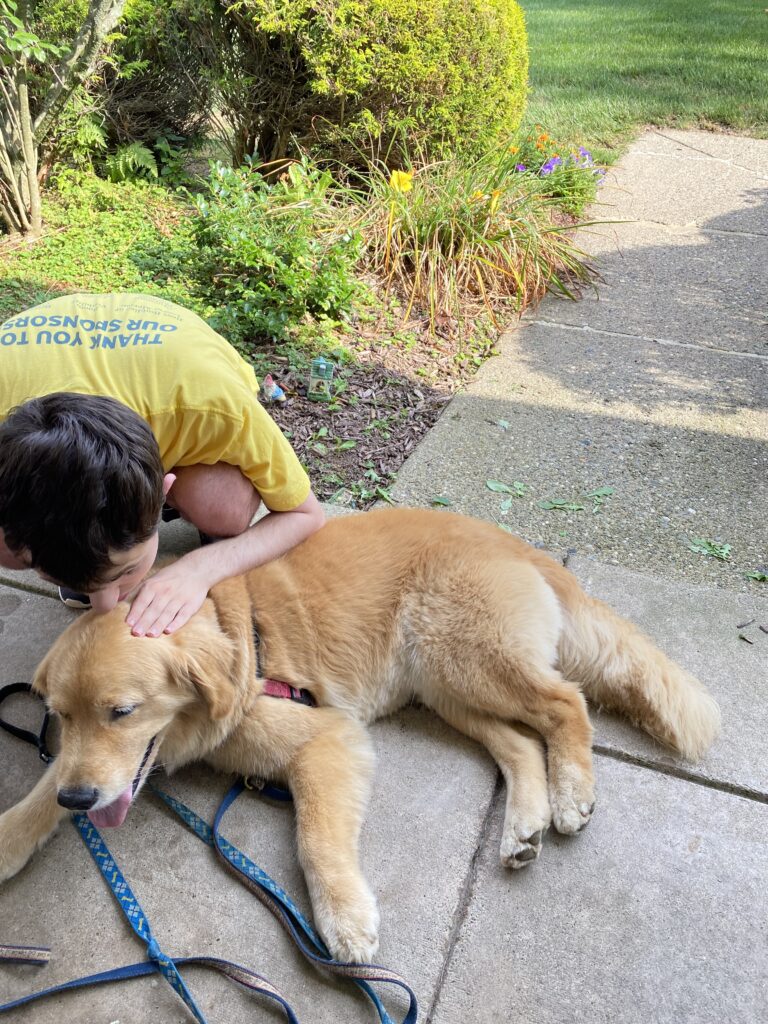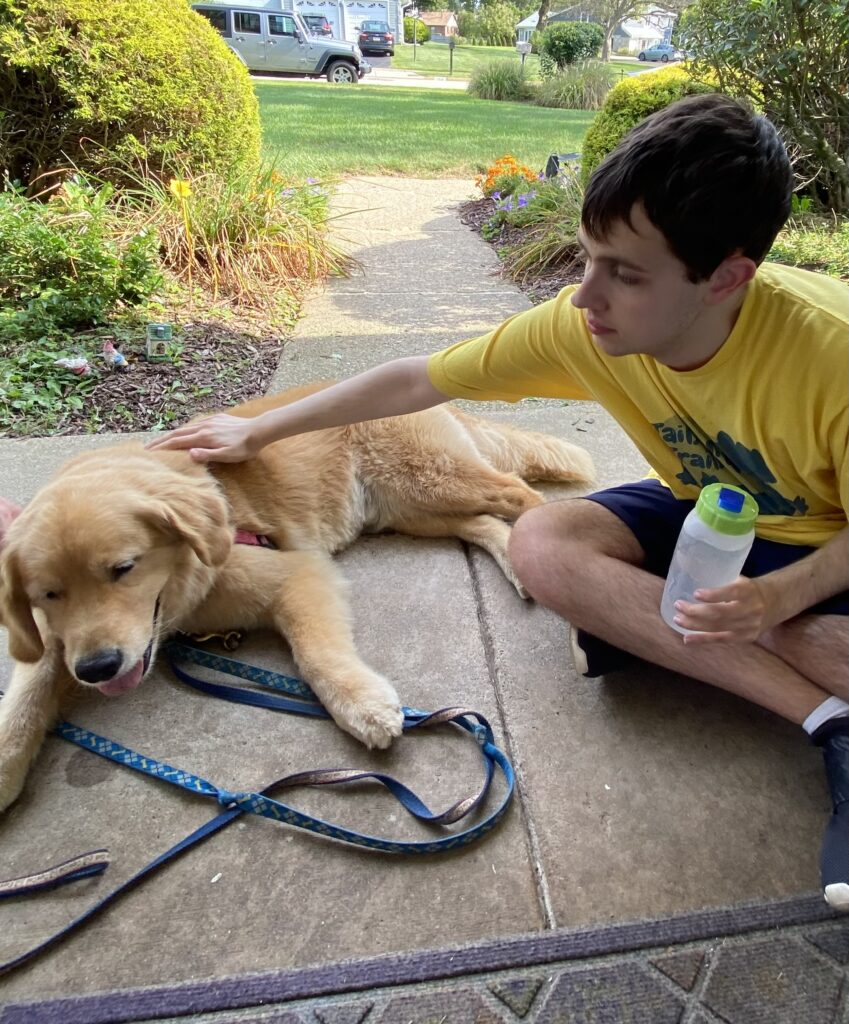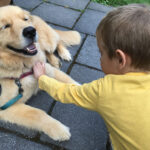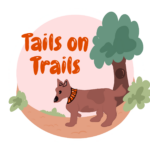The Importance of Understanding Dog Body Language
One of the most important topics that we discuss when Nellie’s Schoolhouse visits our partner schools, camps, after school programs, residential organizations and individual clients is dog body language. The therapy dogs of Nellie’s Schoolhouse are well-trained and well-mannered, but it is critical that we do not take their peaceful and steady demeanor for granted.
Each time one of our therapy dogs makes a visit, it is critical that we check on how our dogs are doing. We need to read what they are “telling” us, and this is something that we teach during our class time together. Dogs must become comfortable in their new environment and do so by looking at us and what is around them as well as using their noses to smell and acquire information about what they are encountering. If they are unsure about what surrounds them or exhibit fear or anxiety, dogs will let us know what they are thinking and feeling by showing us different body signs. It can take some time before a dog is ready to meet and interact with people. We teach our students what those signs are, so they can assess how to approach and interact with any dogs they meet in their everyday lives.
For instance, when a dog yawns, it does not necessarily mean she is tired. In fact, yawning is one of the ways that dogs deal with their nervousness and try to diminish it. They also look away from people, lick their lips, walk away, pant and turn their backs. These signs are indications that a dog is not yet assured of his surroundings and must be given the time and space to regulate himself.

Our participants learn how to read a dog’s body language and not assume that they can approach the dogs they meet with overly enthusiastic abandon. In fact, it is imperative that they approach a dog with calm and care, and in many instances, it is better that a dog approaches them first. They must not only ask each owner they meet if they can pet the dog, but they must also ascertain if a dog is ready to be approached and pet. Not every dog is immediately friendly or friendly at all, while some are shy and uncertain. Such knowledge keeps our students safe, gives them the tools to understand canines and boosts their self-confidence.






